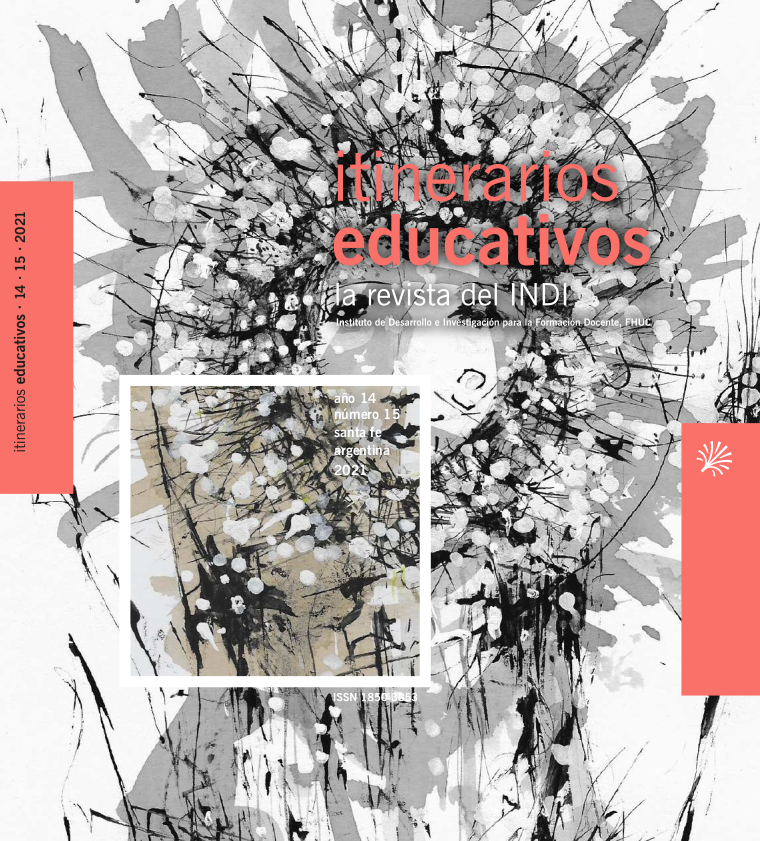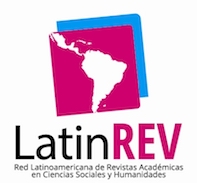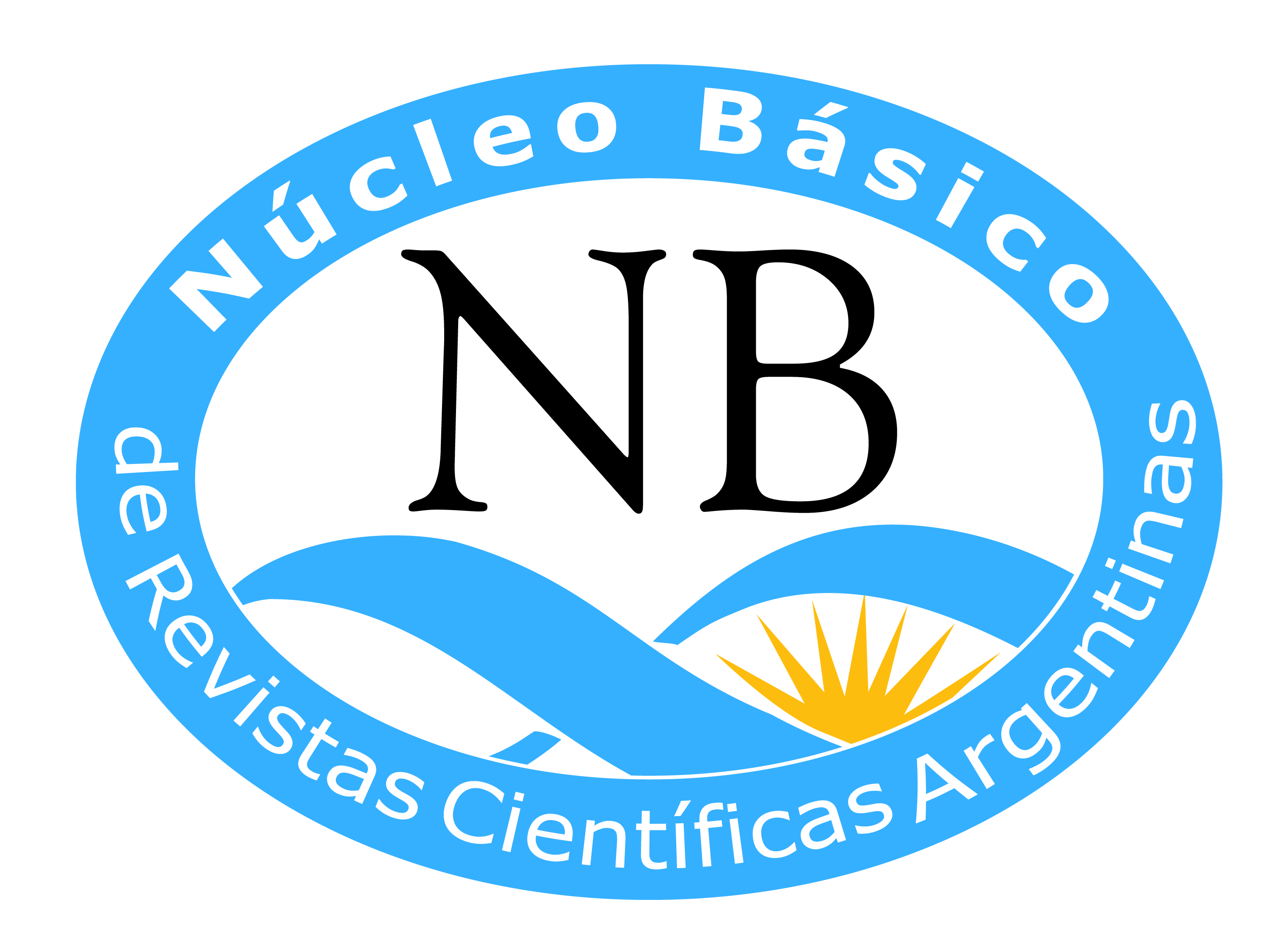Two research methods for studying sexual diversity at school: ethnography and case study
DOI:
https://doi.org/10.14409/ie.2021.15.e0016Keywords:
sexual diversity, school, case study, ethnographyAbstract
This article discusses and reflects on the methods selected for the development of a qualitative research work that explores school conflicts that affect sexual diversity. Four middle schools of Santa Fe, Argentina, become the scenario for grasping teachers and students’ − belonging or not to LGBT+ communities − perceptions of sexuality. First, research objectives and the case study method are presented. The case is addressed as a system with constraints (Stake, 1995). This method is so versatile that enables a simultaneous analysis considering multiple overlapping social aspects (Yin, 1989), which is highly convenient for school observations. Second, our work poses a reflection on the potentialities of ethnography to strengthen methodological design. During field work development, the researcher’s personal life story at school − determined by his sexual orientation − can act as both a motivation and a constraint. For that reason, two meanings of ethnography proposed by Rosana Guber (2001) (ethnography as an approach and as a method) were included with particular emphasis on the importance of the notion of reflexivity for field work development.
Downloads
Published
How to Cite
Issue
Section
License
Those authors who have publications with this magazine, accept the following terms:
The authors will retain their copyright and guarantee the journal the right of first publication of their work,
which will be simultaneously subject to the Creative Commons Recognition License that allows third parties to share
the work whenever its author and first publication this magazine.
Authors may adopt other non-exclusive licensing agreements for the distribution of the published work (eg, deposit
it in an institutional telematic file or publish it in a monographic volume) whenever the initial publication in this
journal is indicated.
Authors are allowed and advised to disseminate their work through the Internet (eg, in institutional telematic files
or on their website) before and during the submission process, which can produce interesting exchanges and increase
citations of the published work. (See The effect of open access).
















